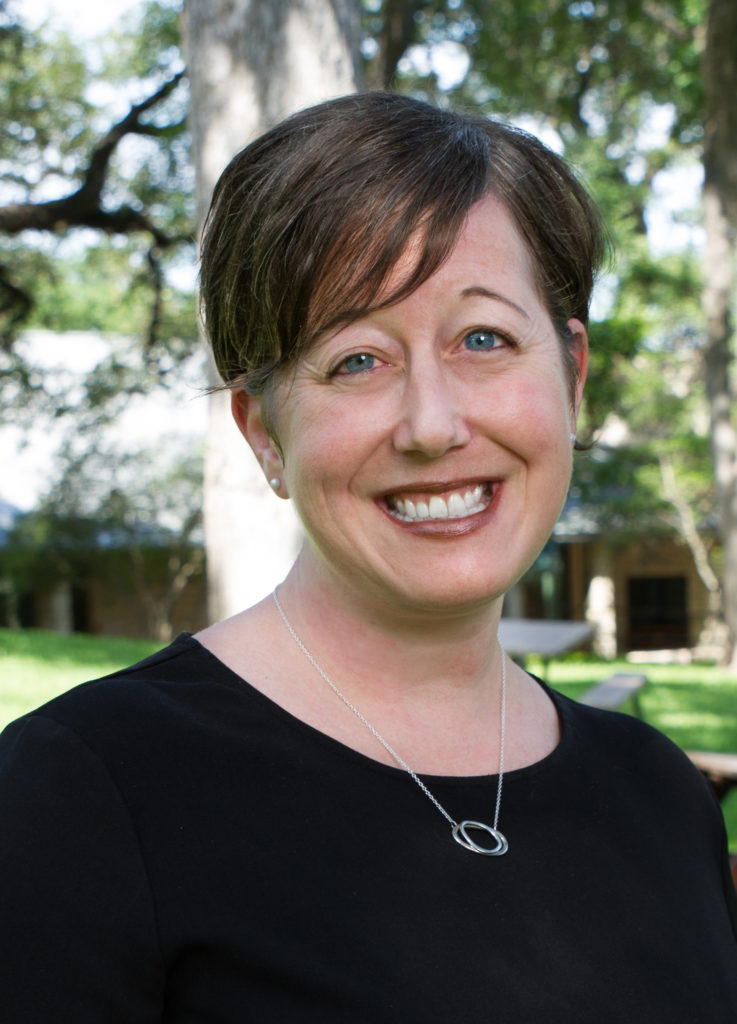Our students come from all different backgrounds, and many have stories like Elaine’s. After an eighteen-year career in the tech industry where she managed teams of software developers, Elaine decided to go back to school to get her master’s degree. She made a good, steady paycheck, but felt she wanted something more.
“I really cared most about the people. The most rewarding part of my work,” said Elaine, “was helping the people on my teams resolve internal conflict, establish good relationships, and solve problems in their personal lives to decrease their stress level.”
People were frequently telling Elaine she was a good listener and that she’d make a good counselor. She thought it would be nice to spend some of her working years in a job she felt was personally meaningful. However, it felt risky to consider leaving a high paying job for a mid-career change. Deciding whether or not to go back to school can be an intimidating decision. Many of our counseling student have enjoyed decades-long success in other career fields.
Elaine had faced similar risky crossroads before and considered her spirituality to be an important resource. “I used to get a lot of advice, but then you reach a certain age and you realize if you take time to pray, listen to the spirit, and listen to yourself… often you know what’s right. Deep down, you just know.”
Elaine had been involved in faith communities in the past that practiced spiritual discernment. She decided to take some vacation time she had in the bank, and set aside two full weeks to engage in an intentional discernment around the question, “Should I make a career change and go back to school?”
3 Steps in Discernment
Ignatius of Loyola was a spiritual teacher whose writings on discernment, i.e. engaging major life decisions, have inspired centuries of students. Ignatius taught that each of us has the capacity to be either inclined toward or away good wisdom. When we’re at our best, meaning taking reasonably good care of ourselves, body, mind, and spirit, then spiritual discernment is like a three legged stool.
By engaging all three ways of “knowing”, we encounter helpful information to make more confident decisions:
1. Holy Writings
Ignatius directed his students to ancient holy texts as sources of information about what God values. Elaine spent time exploring scriptures meaningful to her. She said, “Mostly these underscored my desire to invest my life in people, particularly those on the margins, and those who are suffering.”
2. Our Emotions & Desires
Ignatius taught that when we’re doing what we can to incline ourselves towards good wisdom, our emotions and desires can be trustworthy sources of information for us about what’s right for us.
Elaine said, “I was eating and sleeping well, exercising, clear headed, praying… I tried to eliminate anything that might distract me. Then I paid attention to how I felt, on an emotional level. When I thought about staying in my current position, I felt safe, secure… and a little bored. But when I thought about making a change to pursue a counseling degree, I felt scared but also a sense of excitement and longing- like it seemed too good to be true. That’s when I knew I had to at least explore the possibility.”
3. Trusted Others
The third leg of the stool for Ignatius was taking in feedback from others — but not just anybody. Selecting a few trusted confidants who are also committed to spiritual discernment, and have little invested in the outcome of the decision.
Elaine said, “In the past, I’d ask a lot of people for their advice — my sisters, friends, co-workers. I talked it over with everyone, but they all said something different and I ended up more confused. With this decision, I didn’t talk about it excessively. But my husband and I discussed it. Then I called a mentor of mine who I trusted, and asked her feedback. And then I called a long-time friend of mine who’s also a counselor. Even though we only speak a few times a year, I knew she was a prayerful, caring person who’d be honest with me about what she thought. In the end, all three of these very different people said the same thing. ‘It’s going to be difficult, and scary for you, but it also seems kind of perfect for you.’”
The Inefficient Path
In the end, Elaine decided to apply and meet with the enrollment manager for our program.
“I told the enrollment person my whole story, all my concerns about leaving the security of my job and embarking on this unknown career path. She listened, and empathized with the risks I was considering, and how they might impact my husband, my kids, our future. She helped me brainstorm various routes through the program. In the end, I decided to start part-time, taking one class in the evening, and one on Saturday afternoons. That way I could keep my current job for the first year. After that, I’ll be in a better position to transition out of my job and finish the program in two more years. I believe I’ll eventually work my way up to making the income I need as a counselor. But I feel okay with the temporary financial setback because it’s allowing me to invest my time and emotional energy where I believe I’ll do even more good.”
Elaine’s story reminds me of one of my favorite poets, Wendell Berry. He says:
Be like the fox who makes more tracks than necessary, some in the wrong direction. Practice resurrection.
Wendell Berry
I asked Elaine what she thought it meant to be like the fox in this poem. She answered, “Often it may only be our hesitancy to take a well-discerned risk that prevents us from resurrecting those dreams and parts of ourselves we believed had died. Efficiency can make us feel more secure, but it may hold us back from the meaningful work we sense deep down we’re meant to do.”


